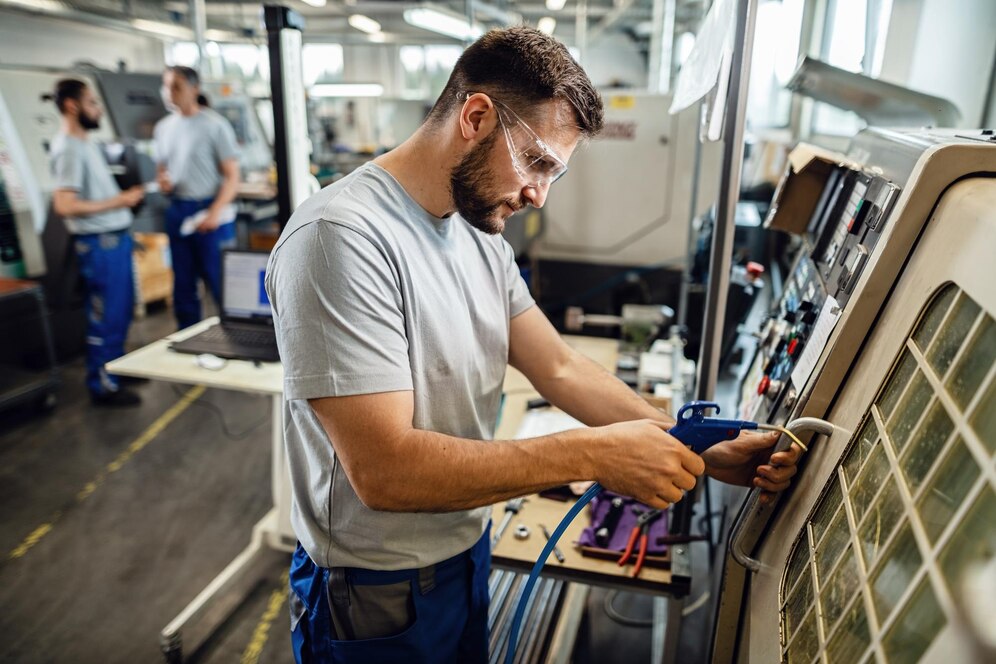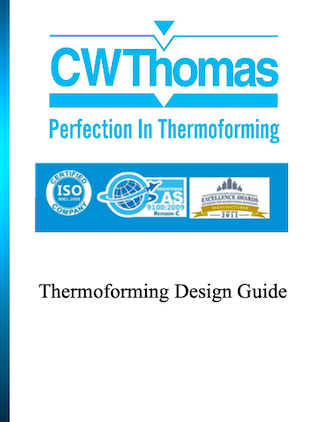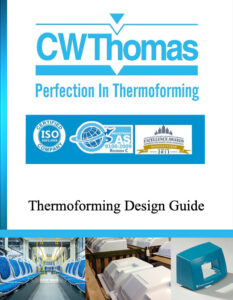The world of thermoforming offers a palette of materials, each tailored to fit unique demands. As the industry evolves, understanding these materials – from their properties to applications – becomes paramount. Let’s journey through some of the industry standouts used by experts like CW Thomas, navigating the benefits and potential applications of each.
1. Polycarbonate: The Clear Powerhouse
A top choice for its outstanding clarity and resilience, polycarbonate boasts attributes like superior strength and temperature resistance. Its versatility has been pivotal across various sectors.
- Benefits: Crystal-clear aesthetics combined with top-notch strength and temperature resilience. Higher heat deflection near 290 degrees F.
- Applications: Key products include bullet-resistant windows, eyewear, safety guards, and electronics.
2. Kydex®: The Durability Maven
Engineers who prioritize resistance to wear and tear without compromising on design flexibility often lean towards Kydex®. This thermoplastic material stands out with its customization options.
- Benefits: High resistance to impact, abrasion, and the potential for personalization.
- Applications: Widely chosen for firearm holsters, electronic equipment housings, and even aircraft interiors.
3. High-Density Polyethylene (HDPE): The Versatile Stalwart
HDPE’s high strength-to-density ratio makes it a favorite in the industry. Its robustness coupled with chemical resistance spells out reliability.
- Benefits: Strong, impact-resistant, chemical-resistant, and environmentally friendly.
- Applications: A ubiquitous presence, HDPE is found in outdoor equipment, cutting boards, and various storage solutions.
4. Acrylonitrile Butadiene Styrene (ABS): The Tough Player
Seeking a material that can absorb shocks and resist physical impacts? ABS stands tall. Its versatility extends to providing good electrical insulation.
- Benefits: Combines toughness with excellent electrical insulation attributes. Available in both Flame retardant and General-purpose blends.
- Applications: From automotive components and electronic casings to children’s toys, ABS has a broad spectrum of utility.
5. Acrylic: The Aesthetic Visionary
When aesthetic appeal is as crucial as functionality, acrylic (or plexiglass) shines bright. It offers unparalleled optical clarity and light transmission.
- Benefits: High resistance to weathering, splendid light transmission, and UV light resilience.
- Applications: Signages, aquarium structures, display cases, and more capitalize on acrylic’s visual appeal.
6. Polyvinyl Chloride (PVC): The All-Rounder
PVC’s versatility is undebatable. Beyond its vast application range, it stands out with its excellent flame resistance and impressive mechanical properties.
- Benefits: A versatile gem, PVC offers flame resistance paired with top-tier mechanical and insulation properties.
- Applications: PVC is omnipresent – from piping systems and electrical cable insulation to signs and healthcare products.
In Retrospect
Thermoforming materials are as varied as the applications they empower. This exploration is but a glimpse into the vast world of materials at the disposal of industry professionals. With companies like CW Thomas pioneering the way, one can be assured of always having the most suitable material for any project, tailored to perfection.









